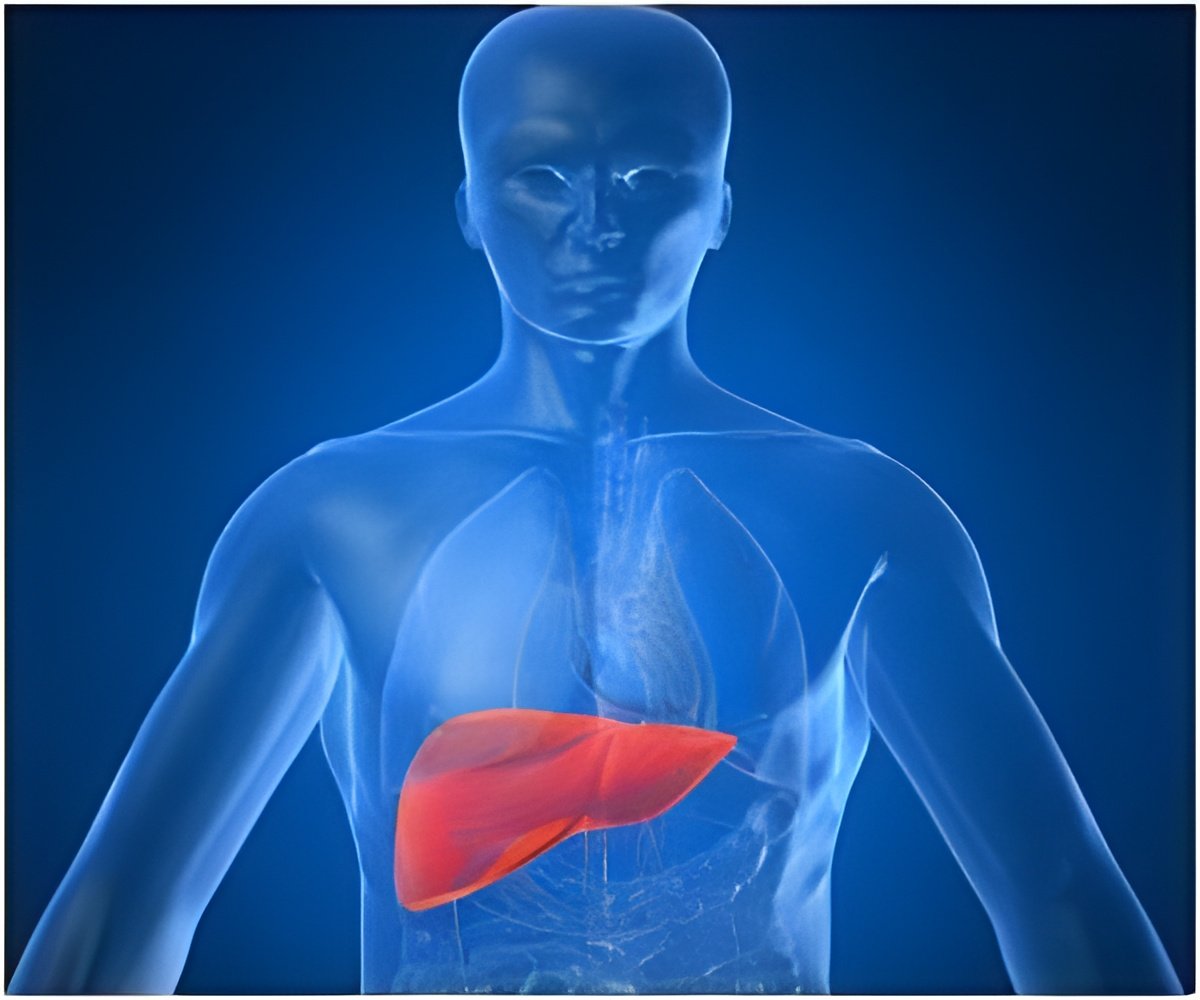Metabolic dysfunction-associated steatohepatitis (MASH), formerly known as nonalcoholic steatohepatitis, is a liver disease characterized by inflammation, scarring, and impaired function. It’s a major risk factor for cirrhosis and liver cancer, and //due to limited treatment options, it’s the second leading cause of liver transplants in the U.S. (1✔ ✔Trusted Source
Lipid-associated macrophages’ promotion of fibrosis resolution during MASH regression requires TREM2
)
To develop effective treatments, understanding the underlying mechanisms of MASH is crucial. A new study published in Proceedings of the National Academy of Sciences (PNAS) reveals the complex interaction between damaged liver cells and macrophages, white blood cells that play a crucial role in both inflammation and healing.
Debanjan Dhar, PhD, associate professor in the Cancer Genome and Epigenetics Program at Sanford Burnham Prebys, is senior author of the study. David Brenner, MD, president and CEO of Sanford Burnham Prebys, and Christopher Glass, MD, PhD, professor of cellular and molecular medicine at UC San Diego, are corresponding authors. Souradipta Ganguly, PhD, a postdoctoral research fellow at UC San Diego and Sanford Burnham Prebys, is first author.
More importantly, they identified specific macrophage subpopulations that are critical for resolving MASH and liver fibrosis in which accumulating scar tissue impairs the organ’s ability to function or repair itself. These fibrotic bands restrict blood flow, imperiling the entire organ.
Macrophage Dynamics in Liver Disease
“In MASH, Kupffer cells (a type of macrophage that resides in the liver) are lost and replaced by four distinct macrophage subpopulations. When the disease is in regression — that is, symptoms or severity are decreasing — two lipid associated macrophage subpopulations are dominant and express TREM2, a cell receptor that regulates cell survival, proliferation and anti-inflammatory responses,” said Brenner.
“MASH regression occurs in the presence if TREM2+ macrophages. They not only restrict the progression of MASH-fibrosis, but effectively slow it and reduce inflammation. The absence of TREM2+ macrophages allows the disease to progress.”
In early and moderate stages, MASH often produces no tell-tale symptoms, which is part of the why it has reached epidemic proportions in the U.S. The American Liver Foundation estimates 80 to 100 million Americans have fatty liver disease which, undiagnosed and untreated, progresses to nonalcoholic steatohepatitis, MASH, cirrhosis, liver cancer and death, often in combination with other conditions, such as obesity.
Advertisement
An estimated 1.5% to 6.5% of U.S. adults have MASH and roughly 24% of adults have metabolic dysfunction-associated steatotic fatty liver disease, the starting point for MASH, cirrhosis and worse.
“Our findings suggest that lipid associated macrophages that express TREM2 and TREM2 are required both for the emergence of more liquid associated macrophages and for their reparative functions,” said Dhar.
Advertisement
“Effective degradation of scar tissue as a protective mechanism is mediated by TREM2, and the absence of TREM2+ macrophages not only disrupts the liver’s ability to remove fibrotic tissue, but it also harms the entire immune response and healing process.”
Going forward, the scientists say a TREM2 agonist — a drug or substance that mimics the function of TREM2 — might be beneficial for MASH/fibrosis therapy and help spur MASH and fibrosis regression in patients also undergoing lifestyle modification, weight loss or bariatric surgery.
“There is only one approved treatment for MASH, and it was only approved earlier this year,” said Glass. “Any opportunities to expand clinical options that benefit patients need to be thoroughly pursued because liver disease in this country — and around the world — is only getting worse.”
Reference:
- Lipid-associated macrophages’ promotion of fibrosis resolution during MASH regression requires TREM2 – (https://www.pnas.org/doi/10.1073/pnas.2405746121)
Source-Eurekalert




